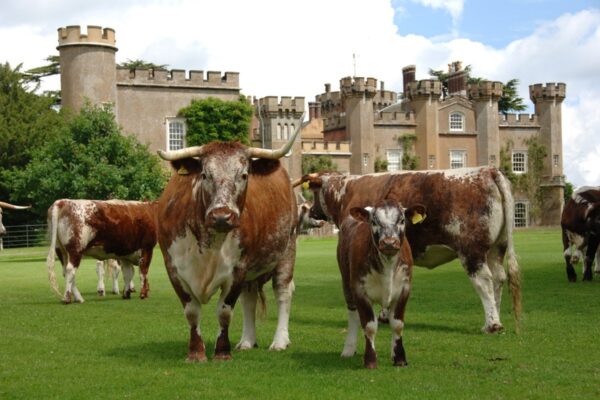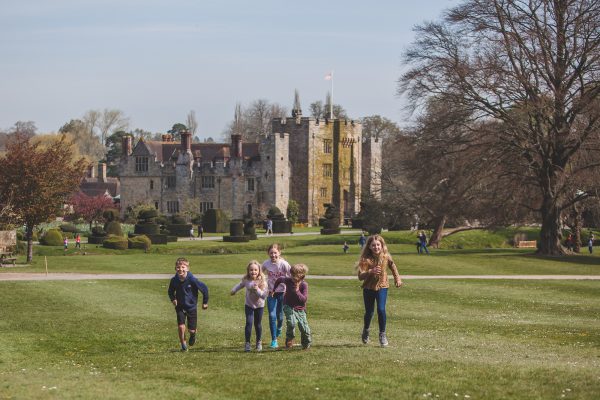A Dream for a Wilder East at Somerleyton Estate
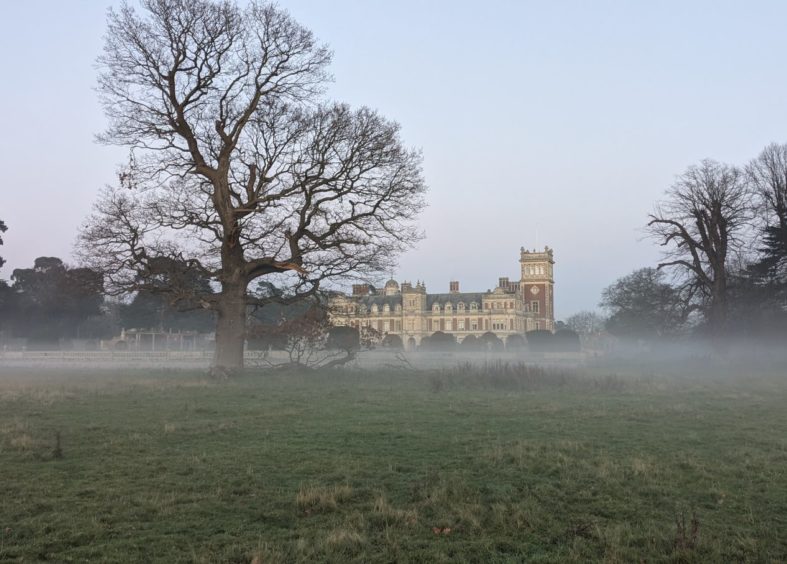
Hugh Crossley, the 4th Baron Somerleyton, is a committed conservationist and founding member of the WildEast project. The mission of WildEast is to transform East Anglia into one of the largest nature reserves in the world by returning 20% of its land – around 250,000 hectares – to nature in the next 50 years.
This will involve restoring habitats, a national education programme, a total rejection of single use plastics, and an ambitious scheme to reintroduce key species to East Anglia – including the lynx, the pelican, and the European beaver. We spoke to Hugh about the inspiration behind these ambitious plans, the instinctive nature of rewilding, and the role that everywhere from churchyards to school fields can play in giving space back to nature.
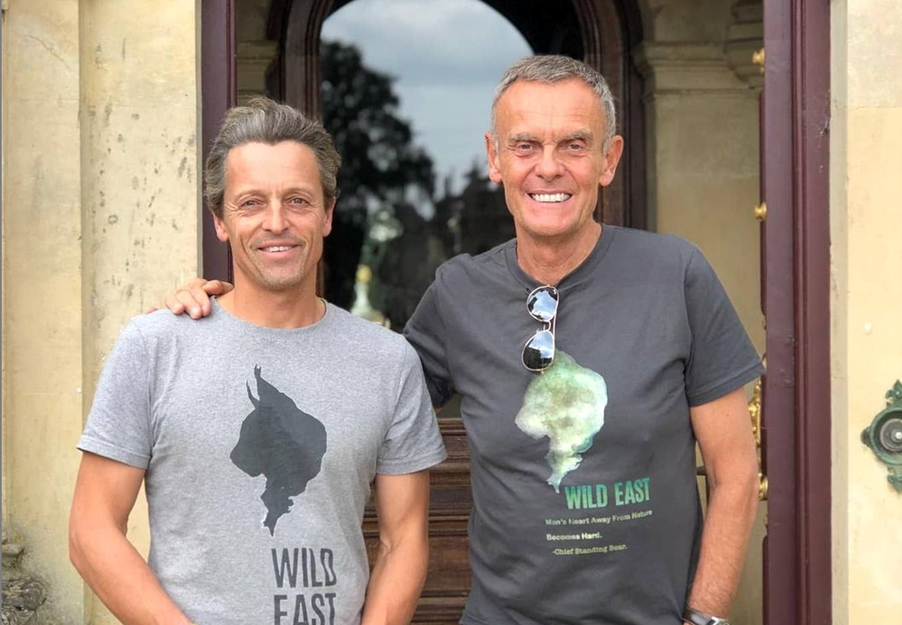
Hugh Somerleyton in 2020 with Paul Lister, founder of the European Nature Trust
‘I have always been ‘green’, though I’m unsure where it came from, but it took time to become focused. Since Al Gore’s Inconvenient Truth I have been hyper-aware of the zero sum game humanity is addicted to, and keen to play my part in restoring the balance.’
‘More than that though, increasingly I am – and I include myself in this – disgusted by our greedy, wasteful nature, and the fact we have lost sight of our wilder nature and the happiness and health derived from these lasting pursuits.’
Hugh is all too aware of the imminent climate threats his land is facing in the lowlands of East Anglia, where severe annual flooding is an increasingly common occurrence. His estate has begun to incorporate climate adaptation measures into its land strategy to respond to these environmental changes, recognising that mitigation tactics can only do so much.
‘We need to be careful to adapt, rather than simply try and hold up what is now inevitable. 20% or maybe slightly more of East Anglia is at or below sea level, and we are now planning for large tracts returning to the sea rather than fighting it. The other main threat for us is the intense dry and heat of summer devastating our grasslands and trees – and we are planting different trees and hedgerows in our parks with this in mind.’
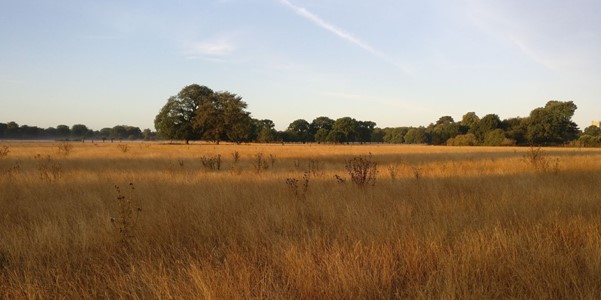
Somerleyton’s parkland, gradually returning to nature
With 1000 acres now committed to rewilding on the Somerleyton Estate, a herd of Norfolk Black Pigs have been the stars of the show so far. Wild and domestic pigs were once a common feature of English woodlands, rooting through the bracken to turn over the soil and allowing new plants to propagate. They also enjoy a variety of tree nuts which are toxic to other animals, including the fallow deer, Exmoor ponies and Welsh black cattle which also graze on the Estate. These large herbivores replicate ancient patterns of grazing, to restore the landscape as it would have been before human interference.
“The incredible work our large black pigs have done on the bracket is probably the most exciting achievement so far, but we are awaiting licences for beavers and are trying to get Dalmatian Pelicans on Fritton Lake – these will be hard to beat if we do manage it. The beavers will be in the largest area anywhere in the UK, and Pelicans will also be a first.”
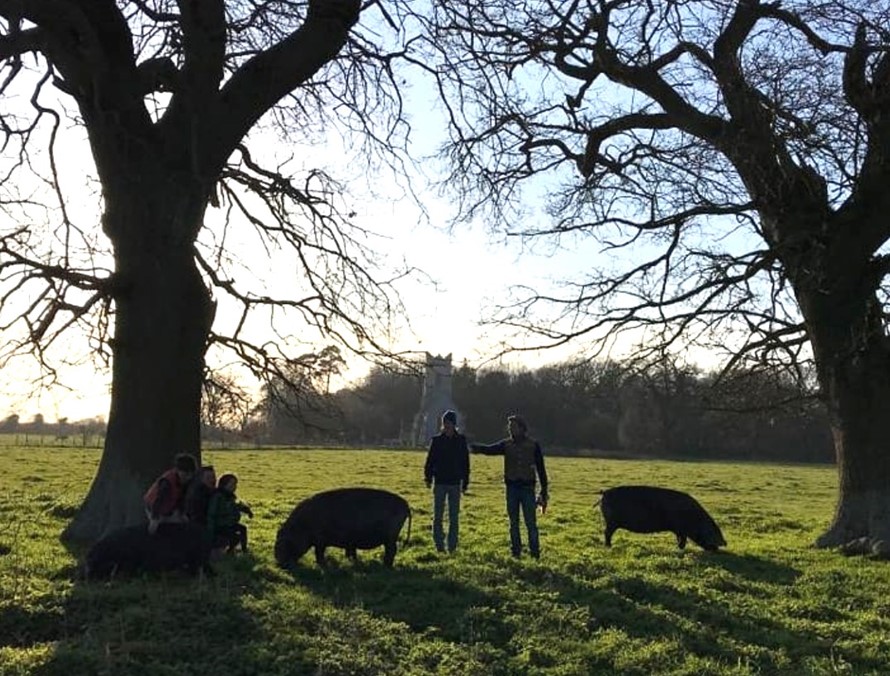
Hugh on site with a pair of Norfolk black pigs
Hugh set up the WildEast foundation in 2020, alongside fellow East-Anglians Ollie Berkbeck and Argus Hardy, who also manage estates in the region. They were driven by the challenge of pursuing truly sustainable land management practices, and inspired by global conservation and habitat restoration projects such as the initiative to reintroduce bison to the Southern Carpathian Mountains.
‘My fellow trustees and I have all spent a decade at home struggling earnestly to become greener and more sustainable. The enveloping climate catastrophe made us realise we need to all act, or we will remain small fragmented islands of nature rich-land.’
‘We all admired the great projects around the world like Tompkins Conservation or the Southern Carpathians, and wanted to recreate some of that scale in a heavily agricultural, flat landscape with no bears or wolves – a challenge! But we are proud East Anglians, and wanted to be the first supra-scale region to join the dots and work together to achieve nature recovery, and help reset our regional identity.’
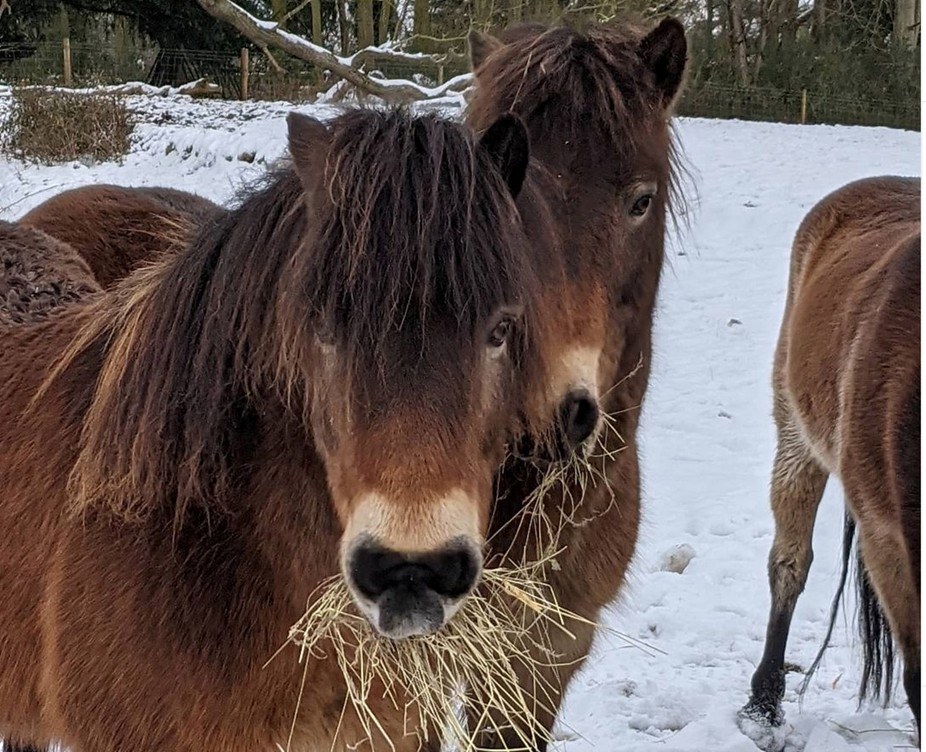
Hardy Exmoor ponies in the snow at Somerleyton Estate
In one of the most intensively farmed areas of Britain, WildEast are calling on landowners, councils and homeowners to do what they can to rewild one fifth of their land, no matter how big or small. The aim is to encourage East Anglians not just to visit and support nature reserves, but to cultivate their own. The charity is also developing a website where people can add their wilding pledges to a ‘Map of Dreams’ (link), whether by restoring an old pond or creating a hedgehog-friendly garden.
‘The Map of Dreams gives any and every pledgee a pin drop, regardless of how much land they have. This is deliberate, as WildEast believes that the action of taking part is the beginning of cultural change around the climate emergency – steps everyone now has to take. Restoring one acre is absolutely as significant as my 1000 acre project at Fritton Lake.’
‘The total garden space across the UK is equivalent to that of our national parks – though each one is relatively small, together they are vital. WildEast wants to democratise nature recovery, and encourage everyone to have their stake on the Map of Dreams.’
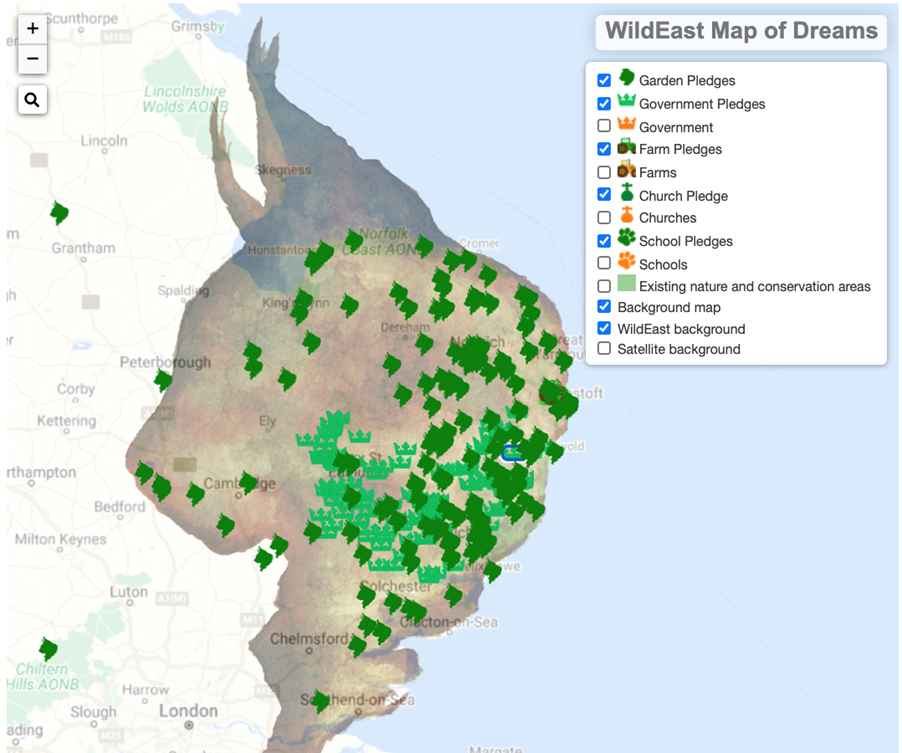
The Map of Dreams, showing hundreds of pledges already made
‘We have been overwhelmed with support for WildEast, it has clearly captured the mood from almost all walks of life – farmers, councils, big business, churchyards and schools. The Map of Dreams is a message of hope and we feel we have struck a chord. My team have also been amazingly supportive – it’s a big transition but everyone is now excited and on board with the dynamic landscape we are creating.’
In 2021, WildEast will be working with partners to map out a vision for a wilder East Anglia, with plans for an educational platform and an app to share the story of rewilding to wider audiences. WildEast also hope to develop their brand as a trade mark for products meeting animal welfare and habitat restoration standards – a badge producers can be proud of displaying.
Rewilding does require a significant degree of patience – and Hugh estimates it will be ten years before the benefits of his rewilding scheme at Somerleyton come to fruition. In the interim, he aims to make the estate carbon neutral, and develop a commercial offering around eco-tourism and wild-farmed meat.
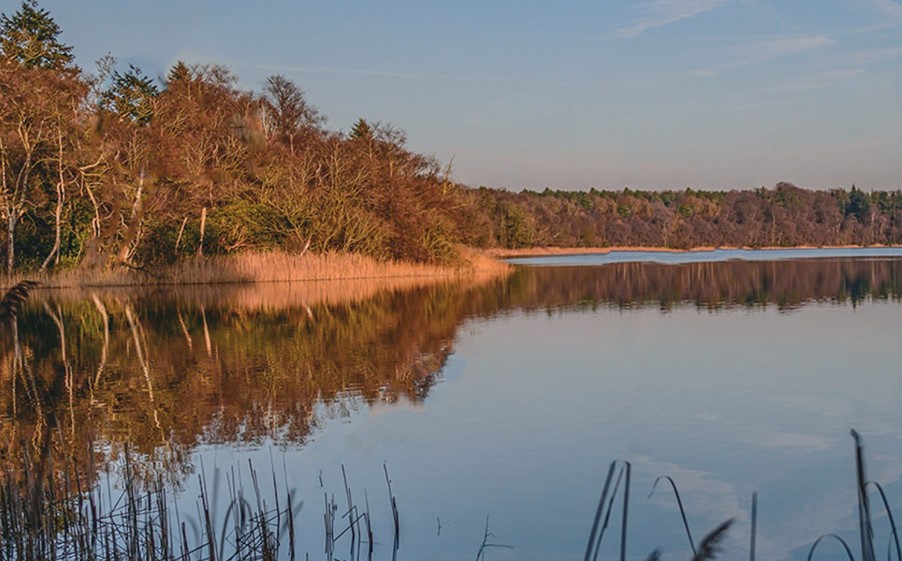
Fritton Lake, the heart of the rewilding project and the site of a new eco-tourism venture
‘Last year we would have had our first tourists around Fritton Lake wildland – this was largely stopped by Covid, so we are excited for 2021! We are working closely with many agencies across the region including Natural England, and are excited by what lies ahead. We have much work to do however, and this year is going to be crucial for us.’
‘I often tell people the whole point is not to try and control or anticipate outcomes, but to try and allow nature to play the lead and observe. This lies in us all, in our instinct. But for most – like seeing in the dark – it’s a sixth sense buried deep. If anyone slows down enough, reads a little around the topic and observes … wilding is instinctive.’
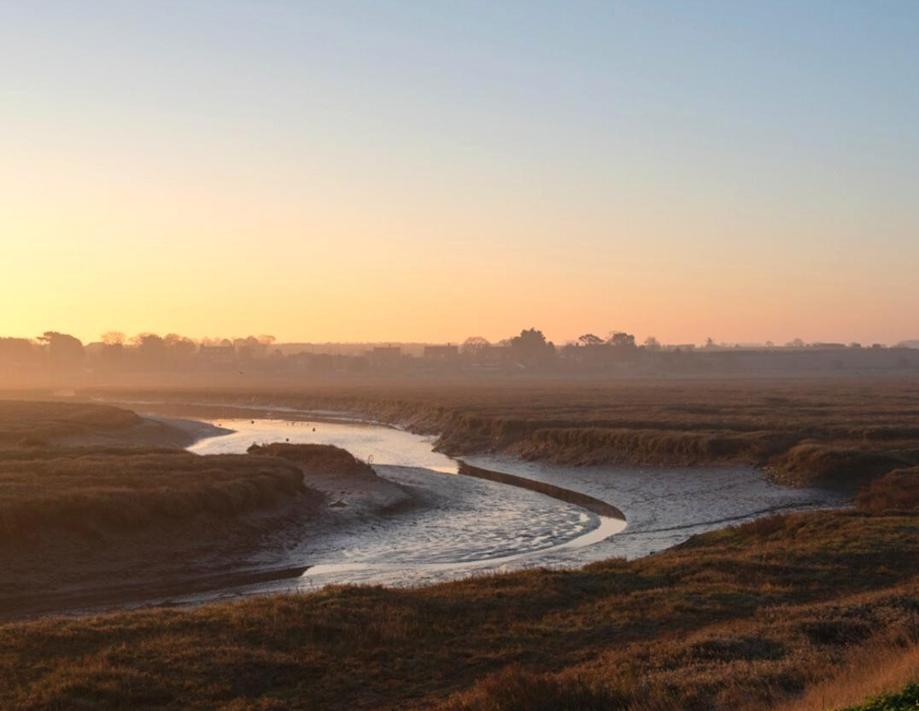
By Lydia Gibson, with thanks to Hugh Somerleyton.
All Images courtesy of Somerleyton Estate and WildEast.
Get in touch about this article to policy@historichouses.org
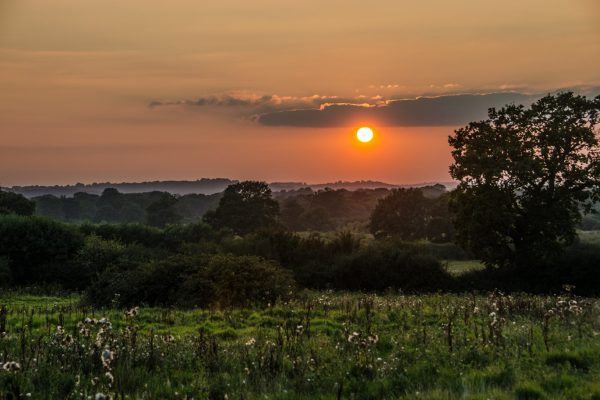
Remembering Sussex’s Wild Past at Knepp Estate
Knepp has embraced a theory of grazing ecology which uses free-roaming grazing animals to restore soils and reshape the landscape, creating complex and rich habitats for a wide range of native fauna and flora.
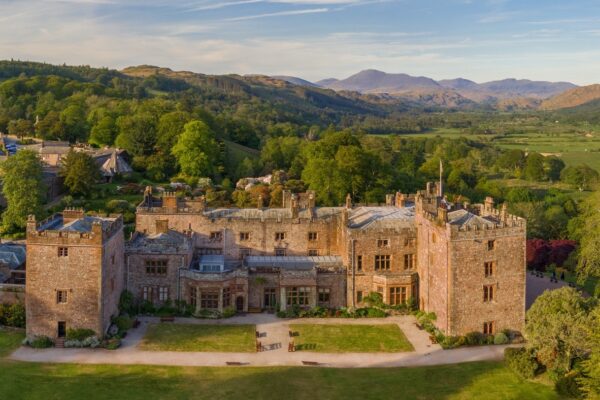
Sustainable Energy at Muncaster Castle
Today, Muncaster Castle is a thriving tourism attraction and a centre of hawk and owl conservation, welcoming visitors from across the world. We spoke to Ewan Frost-Pennington, a member of the next generation at Muncaster, about his passion for sustainability...
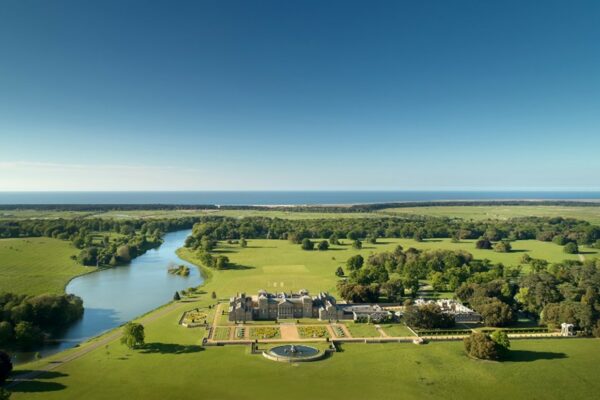
WONDER – Holkham’s sustainability vision
Holkham’s vision is ‘to be the UK’s most pioneering and sustainable rural estate’. This vision recognises that we have a responsibility to protect and enhance our incredible buildings, collections, diverse landscapes and wildlife under our custodianship for future generations, and...
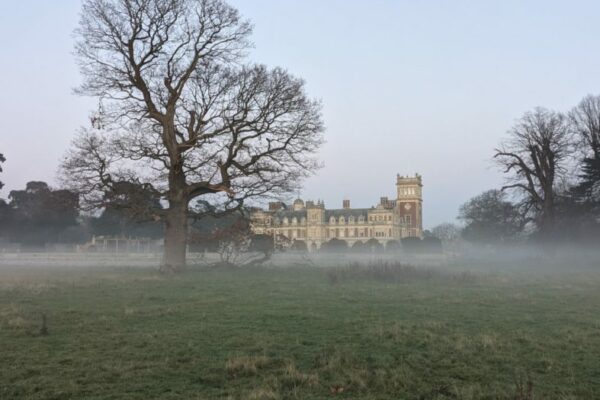
Somerleyton Hall
Lowestoft, Suffolk, NR32 5QQ

